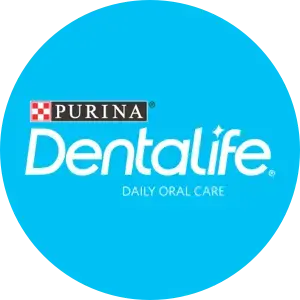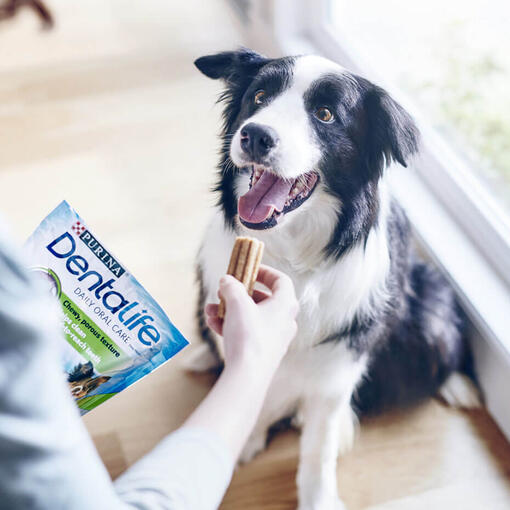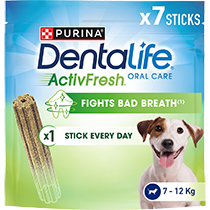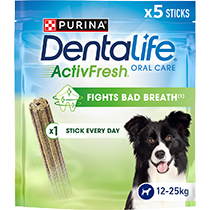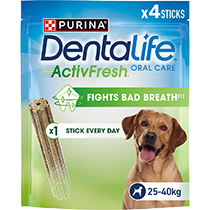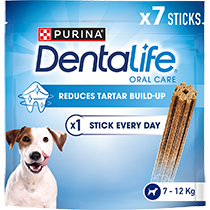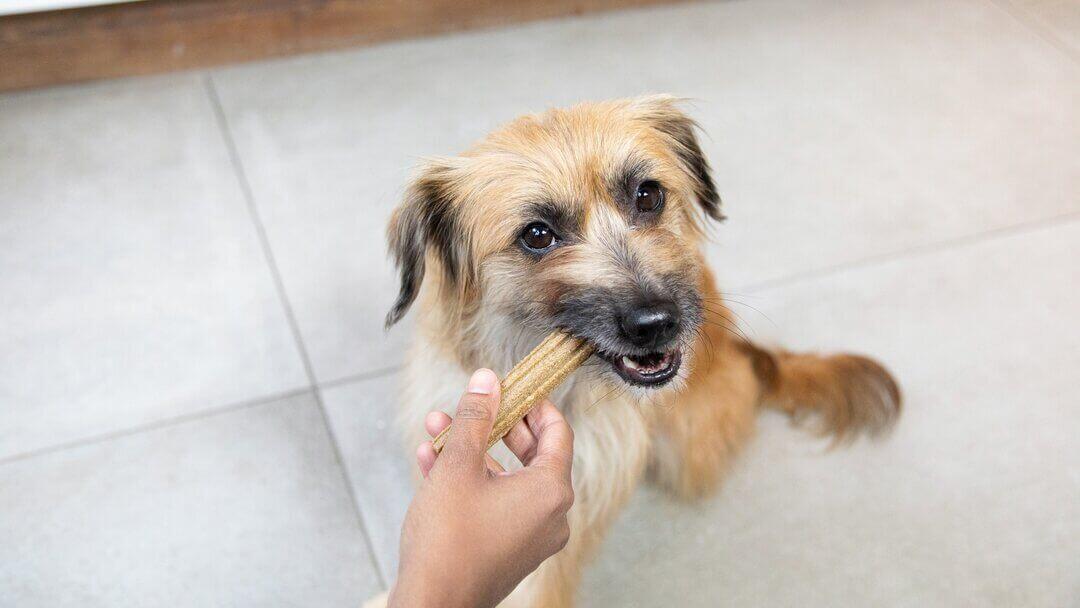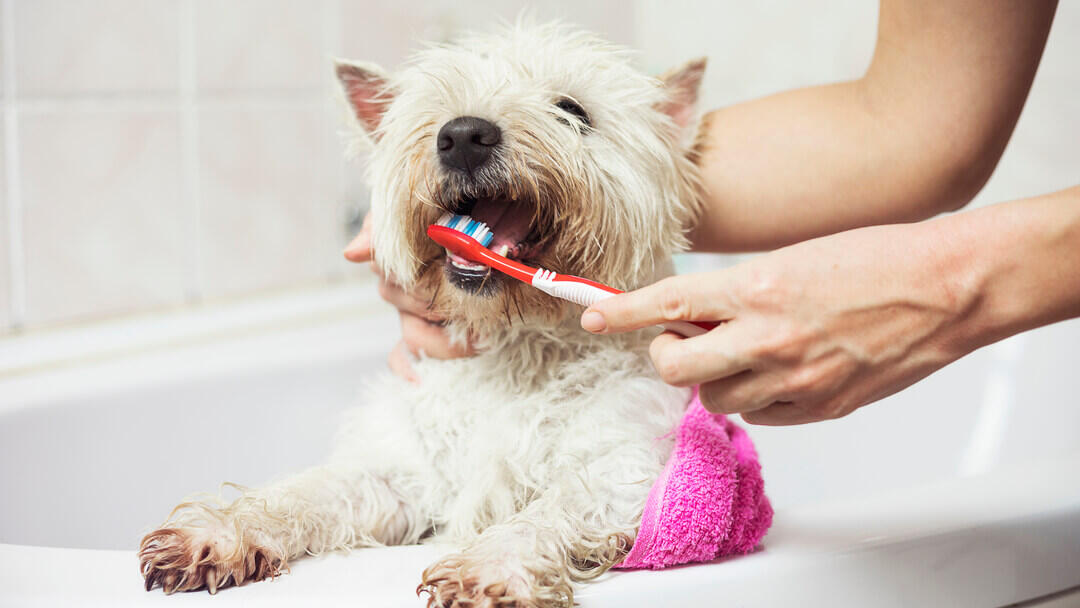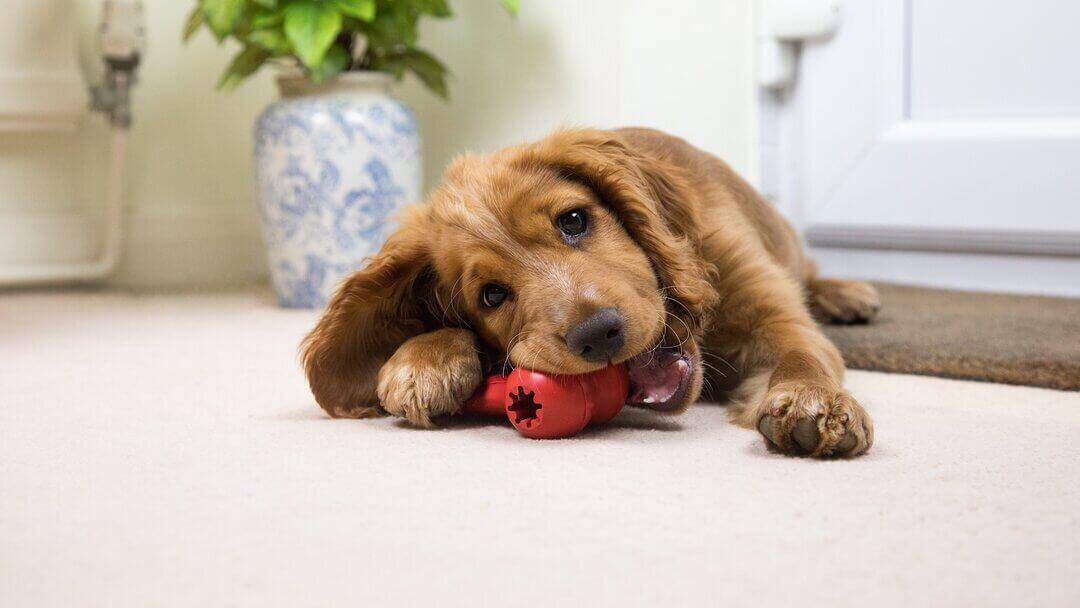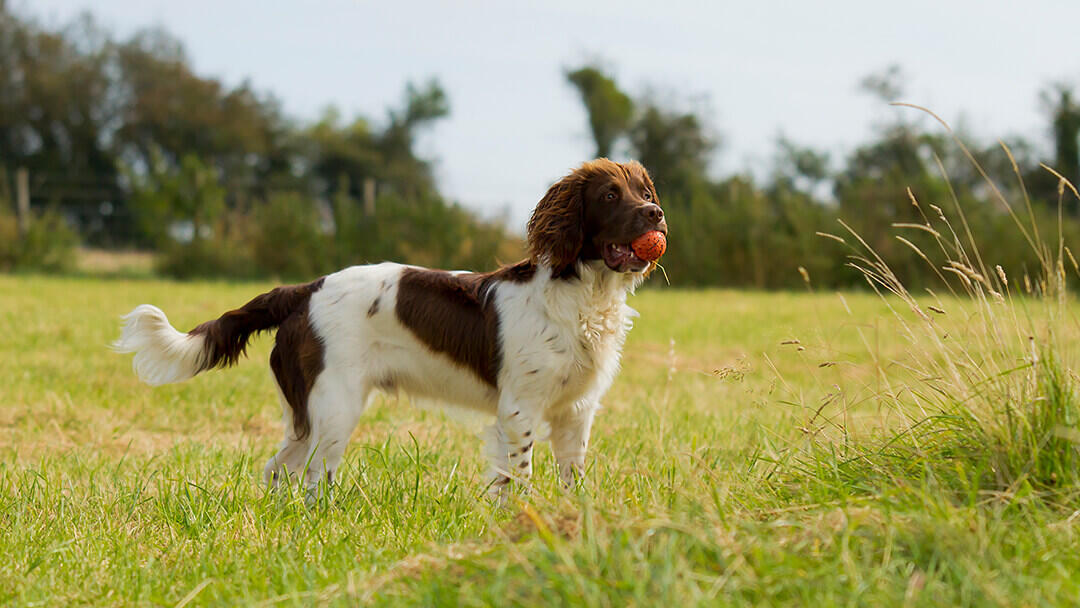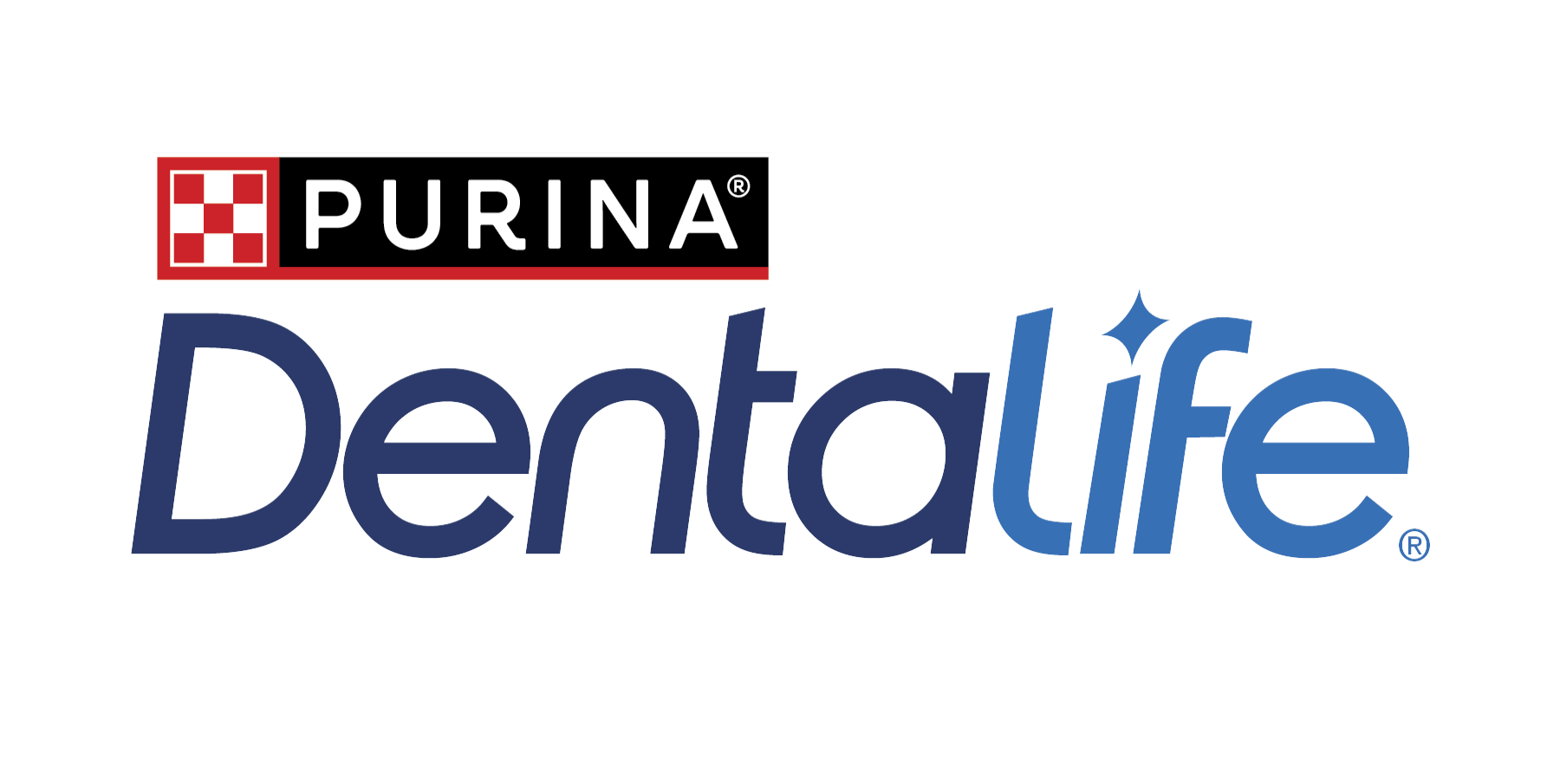

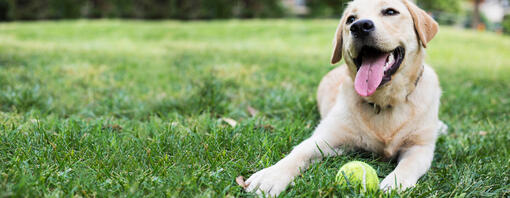
Ever wondered what your dog’s teeth look like? Take a look at our canine dental chart to explore dog teeth anatomy, the different types and what they’re used for.
Dogs have a fascinating set of teeth specially designed to help them eat, chew, and even defend themselves. Just like humans, they have different types of teeth, each with its own role, from biting and tearing to grinding. Understanding your dog’s dental anatomy is key to keeping their mouth healthy and recognising any problems early.
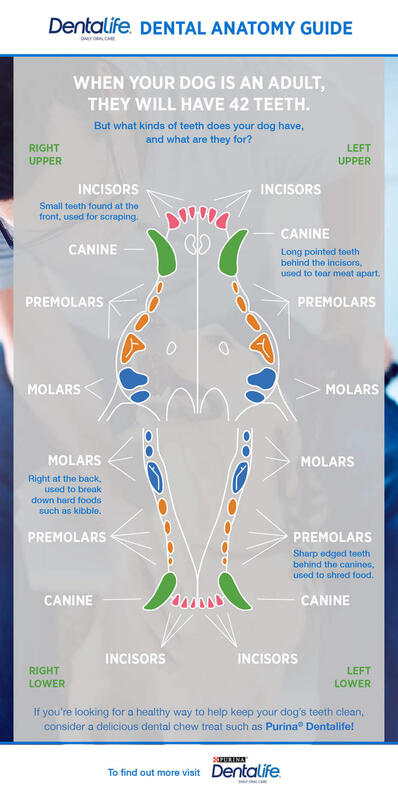
Now that we know what a dog dental chart looks like, let’s explore the types of teeth dogs have and their purpose.
How many teeth do dogs have?
Adult dogs typically have 42 teeth arranged in a pattern optimised for their omnivorous diet. Here’s a quick breakdown:
- Incisors (12 total): The small teeth at the front, used for nibbling and grooming. Think of them as your dog’s “precision tools.”
- Canines (4 total): Those long, sharp “fangs” beside the incisors, perfect for gripping and tearing meat.
- Premolars (16 total): Located behind the canines, these teeth slice and shear food into smaller pieces.
- Molars (10 total): The larger teeth at the back, designed to crush and grind tougher food.
If your adult dog has fewer teeth than 42 it could be because they have lost or broken a tooth. This usually happens through carrying items in their mouth they can’t break, such as stones or thick sticks. If you have noticed your dog has a tooth broken or missing, we advise you contact your vet who should be able to help.
If you look at the canine dental chart again, you will see the incisors, the small teeth found at the front of a dog’s mouth. They are used for scraping, as their shape makes them ideal for trying to scrape meat from bones. Dogs also use their incisors when grooming themselves. Dogs often try to remove fleas and ticks by nibbling at their coat and using their incisors to pick out and kill parasites. However, this technique is not perfect, so they’ll still need antiparasitic treatments and a thorough check for ticks when you come home from your walks.
How many canine teeth do puppies have?
Just like human children, puppies have “baby teeth” that eventually fall out and are replaced by adult teeth. Puppies usually have 28 deciduous (baby) teeth, which start to appear around 3 weeks old and fall out between 3 to 6 months.
Adult teeth begin coming in as puppies reach 4 months, and by 6-7 months, most dogs have their full set of 42 permanent teeth. Knowing this timeline helps owners spot any dental issues early.
Why canine dental anatomy matters for your dog’s health
A healthy mouth is essential for your dog’s overall wellbeing. Problems like plaque buildup, gum disease, or broken teeth can cause pain, infections, and even affect internal organs if bacteria enter the bloodstream.
Understanding dental anatomy helps you:
- Recognise early signs of dental problems
- Know where tartar and plaque tend to accumulate (usually on molars and premolars)
- Support effective tooth brushing by focusing on hard-to-reach areas
- Communicate clearly with your vet about any dental concerns
Tips to keep your dog’s teeth healthy
- Brush your dog’s teeth regularly with vet-approved toothpaste.
- Offer dental chews or toys designed to reduce plaque.
- Schedule regular veterinary dental check-ups.
- Feed a balanced diet that supports dental health.
For more advice, check out our Dog Dental Care Guide.
FAQ
Adult dogs typically have 42 permanent teeth, while puppies have 28 baby teeth.
Puppies usually start losing their deciduous teeth at around 3-4 months, with adult teeth coming in by 6-7 months.
Yes! Regular brushing with dog-friendly toothpaste is one of the best ways to maintain oral health.
By understanding your dog’s dental anatomy, you can help them maintain a healthy mouth and avoid painful dental diseases. A little care goes a long way in keeping your dog happy and healthy. If you’re looking for a healthy way to help keep your dog’s teeth clean consider a delicious dental chew treat such as Purina Dentalife. Each chew stick is not only a tasty treat, but it also helps to keep dogs’ teeth clean.
Next, find out more about how to clean your dog’s teeth with our tips on establishing an oral care routine.
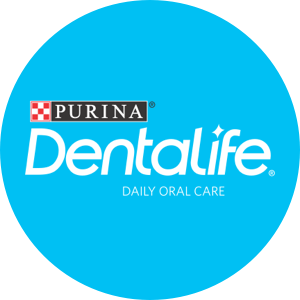
Shop the Dentalife Dog range:
Related articles by Dentalife
